The Secret to Traveling Visa-Free for a Year as a Digital Nomad

Skip the paperwork and travel the world for a year without applying for a single visa.
You’ve decided to take the leap and become a digital nomad. The first thing you start to research are destinations for digital nomads. Your heart is racing as you scroll through pictures of exotic beaches, foreign cities, and other travelers having the time of their lives. You soon realize that international travel can be a little bureaucratic, especially when it comes to applying for visas.
The best way to avoid these problems is to work out a way to travel visa-free.
Traveling visa-free will save you the hassle and expense of applying for visas, especially for US citizens, who can travel visa-free to 174 countries worldwide.
There will still be some tourist visa restrictions, so it’s essential to research and plan ahead to avoid surprises.
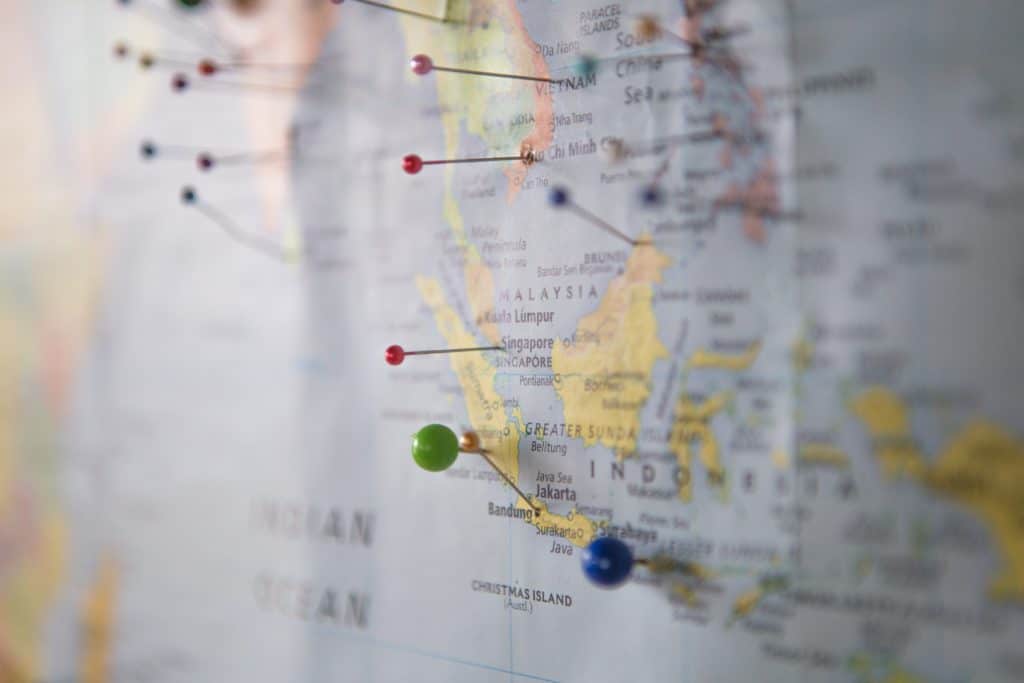
Plan Your Movements
Your digital nomad journey will start with a lot of research. It’s advisable to decide on a first location where you can stay for a while on a tourist visa. This allows you to settle into your new, visa-free life with no stress.
Add some contingency time in your route, just in case you need or want to stay in a certain location a bit longer.
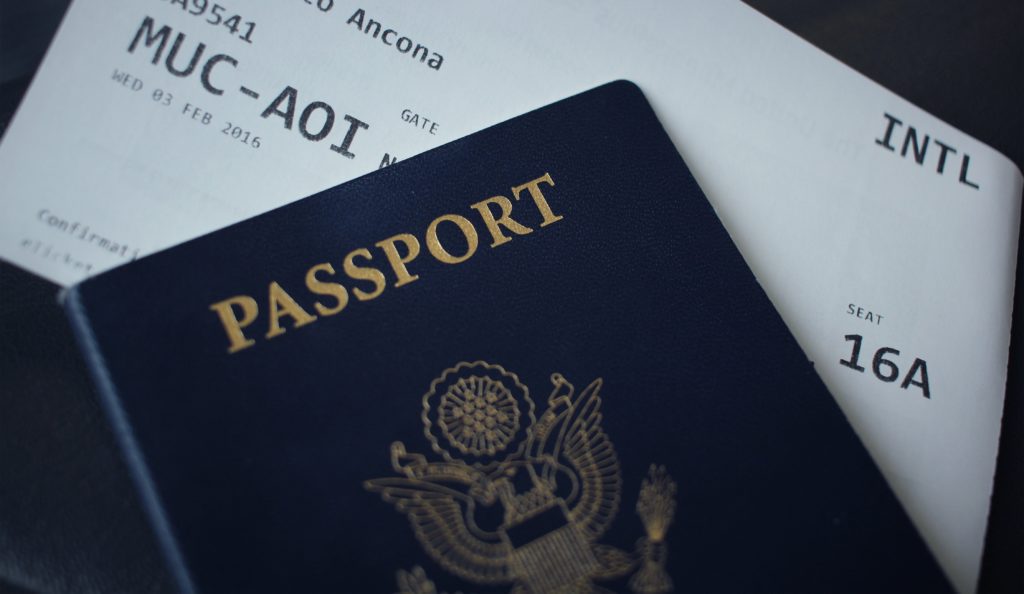
Carry Important Documentation
To avoid border trouble, always have all your important documents handy, both as paper and digital copies.
This includes your bank balance to show proof of funds and the address of where you are staying.
Some border officials require proof of onward travel to ensure you don’t intend to overstay your tourist visa. When you aren’t sure where you are going next, you can book a refundable or cheap bus ticket as proof, even if you don’t necessarily plan to use it.
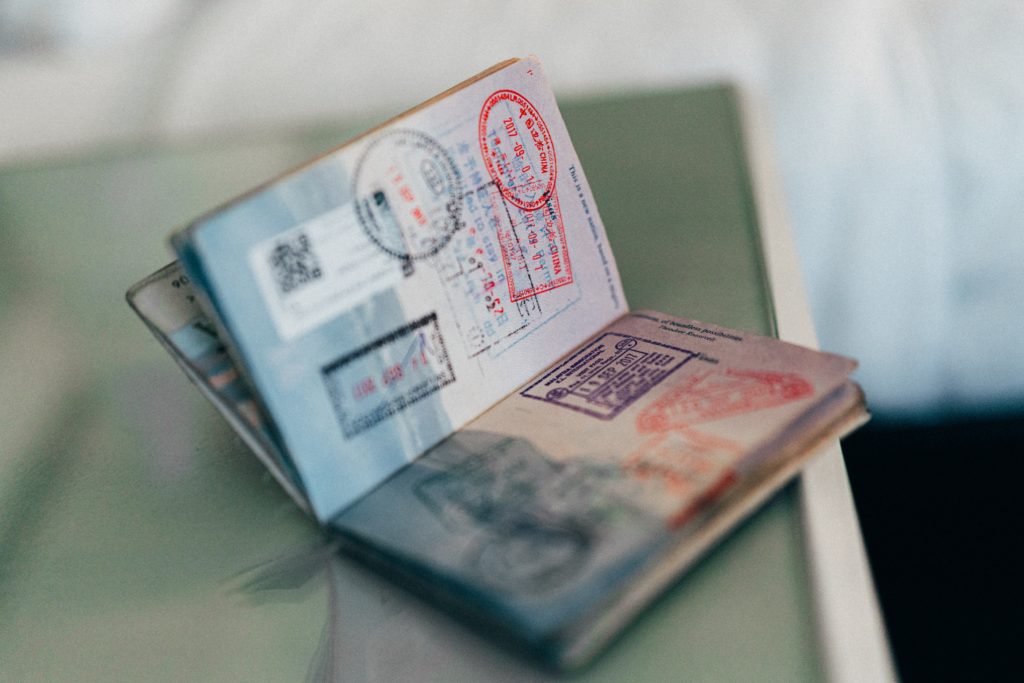
Visa On Arrival
Traveling visa-free is not always possible, but some countries, such as Cambodia, Azerbaijan, and Egypt, will allow you to simply purchase a visa on arrival at the airport or land border.
The process is usually pretty straight forward, but it’s advisable to have all your records and information available, especially a print out of your onward journey ticket.
Appearances count at borders too. Dress well and try not to look like an adventurous backpacker who might overstay their visa.
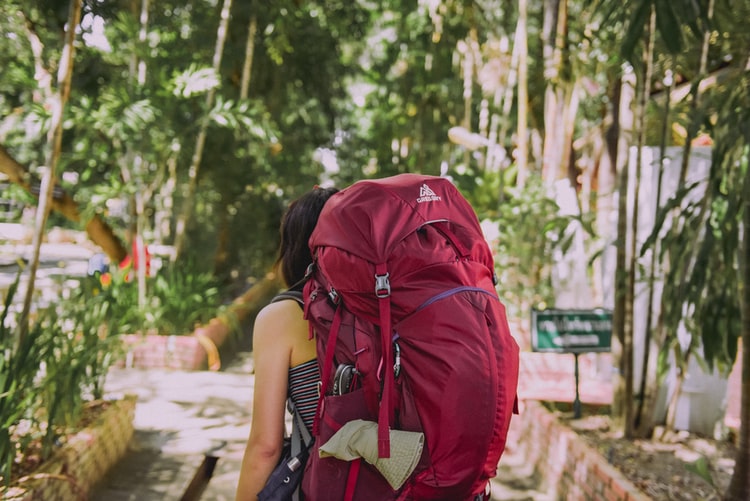
Border Runs
In some places like Southeast Asia (mostly Thailand), you will be able to do a border run. A border run means leaving the country for a few days and reentering to restart your tourist visa.
This is a pretty good way to stay visa-free for longer if you really like a place. You should always research however and check with other travelers who have recently done it.
Borders can be temperamental, so it’s important to have recent information and a plan B if it doesn’t work out.
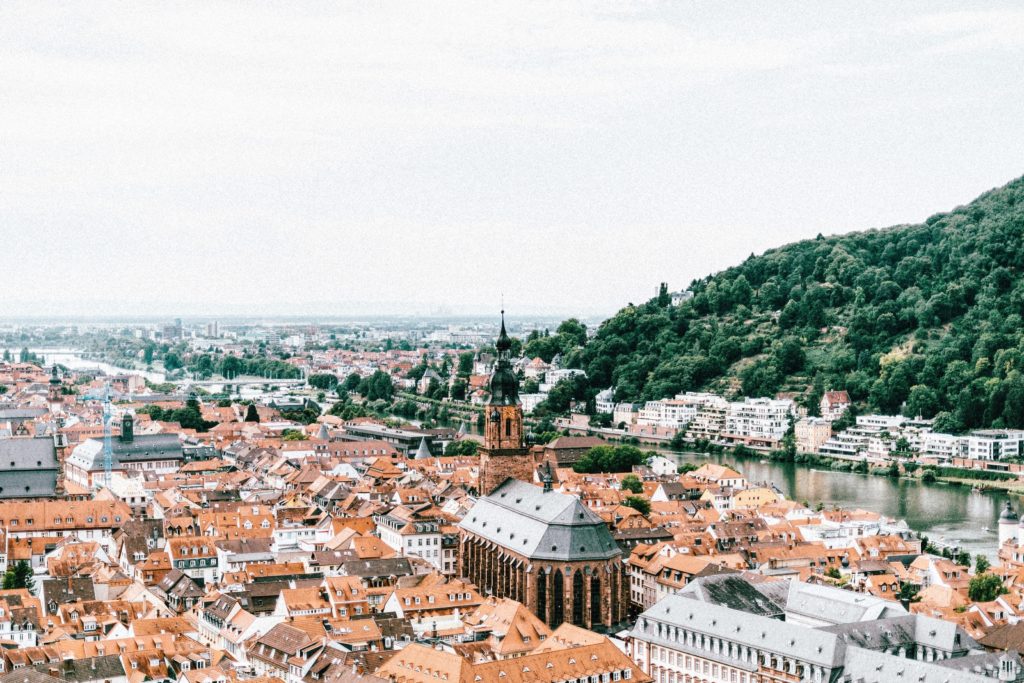
The Schengen Area
The Schengen Area is a free-movement area in Europe, which allows foreign nationals to move around all the participating countries with a single Schengen Visa.
The participating countries include: Austria, Belgium, Croatia, Czech Republic, Denmark, Estonia, Finland, France, Germany, Greece, Hungary, Iceland, Italy, Latvia, Liechtenstein, Lithuania, Luxembourg, Malta, Netherlands, Norway, Poland, Portugal, Slovakia, Slovenia, Spain, Sweden, and Switzerland.
A Schengen tourist visa allows you to stay in the Schengen area for 90 days within a 180-day period, which essentially means you can stay for three months, then have to leave for six months, before returning to the area.
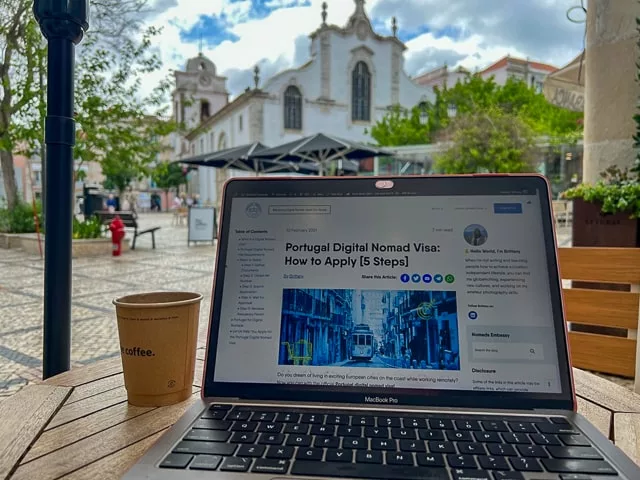
Digital Nomad Visa
One of the best ways to travel without worrying about overstaying a tourist visa and getting to experience a particular country is by applying for a one-year digital nomad visa. With over 38 countries offer digital nomad visas to remote workers, there is bound to be a country that piques your interest!
These visas for remote workers often have set minimum income requirements and allow applicants to bring their family members to live with them abroad. Some even lead to permanent residency, which is ideal if your goal is to relocate to a new country long-term.
While technically this doesn’t count as visa-free, it can definitely make your digital nomad travels last longer and easier to navigate.
Ask A Nomad!
Being part of a community of digital nomads is helpful while traveling. You can exchange tips and strategies on how to travel visa-free for as long as possible.
Join the official global digital nomad network at Nomads Embassy to connect with fellow nomads all over the world and tap into their knowledge of how to travel visa-free.
Frequently Asked Questions
While articles like this are helpful in planning your digital nomad travels, you may still have some questions about traveling visa-free for a year.
What are the financial implications of traveling visa-free for a year, including budgeting for visa-on-arrival fees and border runs?
Managing finances while traveling visa-free includes planning for unexpected visa-on-arrival fees and budgeting for border runs, which may vary significantly by destination. It’s essential to research and allocate funds accordingly to avoid financial strain.
How does one handle healthcare or medical insurance while traveling visa-free across multiple countries?
For healthcare, securing a comprehensive international health insurance plan that covers multiple countries is crucial. This ensures access to medical care without facing exorbitant out-of-pocket costs, a key consideration for nomads.
What are the long-term effects on one’s legal residency status when constantly moving and not holding a visa in any one country?
Constant movement without a visa can complicate legal residency and tax obligations. Travelers should consult with a legal expert to understand the implications for their home country’s residency status and manage their tax liabilities effectively, maintaining legal compliance while abroad.
You may also enjoy
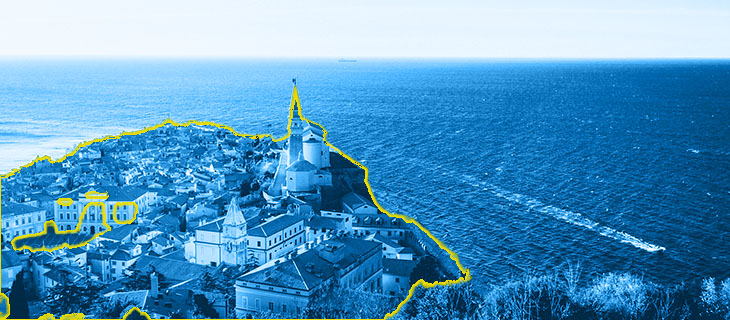
On November 21, 2025, the official Slovenia digital nomad visa will become available, allowing remote workers and their family members to live in the country for up to 12 months. …
by Brittany

A new digital nomad visa is on the horizon in South Asia. With a newly proposed Nepal digital nomad visa, remote workers and their family members could live in the…
by Brittany

Ever wondered how digital nomads stay connected while traveling abroad without paying an outrageous amount for an international phone plan? They get an eSIM for international travel. If you’ve ever…
by Brittany
